Alexey Kavokin, Jeremy J. Baumberg, Guillaume Malpuech, Fabrice P. Laussy978-0-19-922894-2
Table of contents :
Contents……Page 14
1 Overview of Microcavities……Page 20
1.1.1 Q-factor and finesse……Page 21
1.1.3 Tuneability and mode separation……Page 22
1.1.5 Low-threshold lasing……Page 23
1.2 Microcavity realizations……Page 24
1.3 Planar microcavities……Page 25
1.3.1 Metal microcavities……Page 27
1.3.2 Dielectric Bragg mirrors……Page 28
1.4 Spherical mirror microcavities……Page 29
1.5 Pillar microcavities……Page 31
1.6 Whispering-gallery modes……Page 34
1.6.1 Two-dimensional whispering galleries……Page 35
1.6.2 Three-dimensional whispering-galleries……Page 37
1.7 Photonic-crystal cavities……Page 38
1.8 Plasmonic cavities……Page 39
1.10 Conclusion……Page 40
2 Classical description of light……Page 42
2.1.1 Light-field dynamics in free space……Page 43
2.2.1 Plane waves in bulk crystals……Page 46
2.2.2 Absorption of light……Page 50
2.3.1 Statistical properties of light……Page 51
2.3.2 Spatial and temporal coherence……Page 52
2.3.3 Wiener-Khinchin theorem……Page 57
2.3.4 Hanbury Brown-Twiss effect……Page 60
2.4.1 Birefringence……Page 62
2.4.2 Magneto-optical effects……Page 63
2.5 Propagation of light in multilayer planar structures……Page 64
2.6 Photonic eigenmodes of planar systems……Page 68
2.6.1 Photonic bands of 1D periodic structures……Page 71
2.7 Planar microcavities……Page 78
2.8 Stripes, pillars, and spheres: photonic wires and dots……Page 83
2.8.1 Cylinders and pillar cavities……Page 85
2.8.2 Spheres……Page 88
2.9 Further reading……Page 92
3 Quantum description of light……Page 94
3.1.2 Schrödinger picture……Page 95
3.1.3 Antisymmetry of the wavefunction……Page 104
3.1.4 Symmetry of the wavefunction……Page 105
3.1.5 Heisenberg picture……Page 107
3.1.6 Dirac (interaction) picture……Page 112
3.2.1 Density matrix……Page 114
3.2.2 Second quantization……Page 116
3.2.3 Quantization of the light field……Page 118
3.3.1 Fock states……Page 119
3.3.2 Coherent states……Page 120
3.3.3 Glauber-Sudarshan representation……Page 121
3.3.4 Thermal states……Page 122
3.3.5 Mixture states……Page 124
3.3.6 Quantum correlations of quantum fields……Page 125
3.3.7 Statistics of the field……Page 129
3.3.8 Polarization……Page 132
3.4 Outlook on quantum mechanics for microcavities……Page 134
3.5 Further reading……Page 135
4 Semiclassical description of light-matter coupling……Page 136
4.1.1 Classical limit……Page 137
4.1.2 Einstein coefficients……Page 139
4.2 Optical transitions in semiconductors……Page 142
4.3.1 Frenkel and Wannier-Mott excitons……Page 146
4.3.2 Excitons in confined systems……Page 150
4.3.3 Quantum wells……Page 151
4.3.4 Quantum wires and dots……Page 154
4.4 Exciton-photon coupling……Page 156
4.4.1 Surface polaritons……Page 159
4.4.2 Exciton-photon coupling in quantum wells……Page 161
4.4.3 Exciton-photon coupling in quantum wires and dots……Page 166
4.4.4 Dispersion of polaritons in planar microcavities……Page 169
4.4.5 Motional narrowing of cavity polaritons……Page 179
4.4.6 Microcavities with quantum wires or dots……Page 183
5 Quantum description of light-matter coupling in semiconductors……Page 188
5.2 Rabi dynamics……Page 189
5.3 Bloch equations……Page 192
5.3.1 Full quantum picture……Page 195
5.3.2 Dressed bosons……Page 198
5.4 Lindblad dissipation……Page 206
5.5 Jaynes-Cummings model……Page 211
5.6 Dicke model……Page 217
5.7 Excitons in semiconductors……Page 218
5.7.1 Quantization of the exciton field……Page 219
5.7.3 Excitons in quantum dots……Page 221
5.8 Exciton-photon coupling……Page 227
5.8.1 Dispersion of polaritons……Page 229
5.8.2 The polariton Hamiltonian……Page 230
5.8.3 Coupling in quantum dots……Page 232
6 Weak-coupling microcavities……Page 234
6.1.1 The physics of weak coupling……Page 235
6.1.2 Spontaneous emission……Page 236
6.1.3 The case of QDs, 2D excitons and 2D electron-hole pairs……Page 238
6.1.4 Fermi’s golden rule……Page 239
6.1.5 Dynamics of the Purcell effect……Page 242
6.1.6 Case of QDs and QWs……Page 244
6.1.7 Experimental realizations……Page 245
6.2 Lasers……Page 247
6.2.1 The physics of lasers……Page 248
6.2.2 Semiconductors in laser physics……Page 252
6.2.3 Vertical-cavity surface-emitting lasers……Page 255
6.2.4 Resonant-cavity LEDs……Page 259
6.2.5 Quantum theory of the laser……Page 260
6.3 Nonlinear optical properties of weak-coupling microcavities……Page 265
6.3.1 Bistability……Page 266
6.4 Conclusion……Page 268
7 Strong coupling: resonant effects……Page 270
7.1.1 Quantum well microcavities……Page 271
7.1.2 Variations on a theme……Page 273
7.1.4 Polariton emission……Page 275
7.2.1 Pulsed stimulated scattering……Page 277
7.2.2 Quasimode theory of parametric amplification……Page 282
7.2.3 Microcavity parametric oscillators……Page 284
7.3.1 Semiclassical description……Page 287
7.3.2 Stationary solution and threshold……Page 288
7.3.3 Theoretical approach: quantum model……Page 289
7.3.4 Three-level model……Page 290
7.4.1 One-beam experiment and spontaneous symmetry breaking……Page 293
7.4.2 Dressing of the dispersion induced by polariton condensates……Page 295
7.4.3 Bistable behaviour……Page 296
8 Strong coupling: polariton Bose condensation……Page 298
8.2.1 Einstein proposal……Page 299
8.2.2 Experimental realization……Page 301
8.2.3 Modern definition of Bose-Einstein condensation……Page 302
8.3 Specificities of excitons and polaritons……Page 303
8.3.1 Thermodynamic properties of cavity polaritons……Page 304
8.3.2 Interacting bosons and Bogoliubov model……Page 305
8.3.3 Polariton superfiuidity……Page 308
8.3.4 Quasicondensation and local effects……Page 311
8.4 High-power microcavity emission……Page 313
8.5 Thresholdless polariton lasing……Page 316
8.6.1 Qualitative features……Page 321
8.6.2 The semiclassical Boltzmann equation……Page 324
8.6.4 Effective scattering rates……Page 326
8.6.5 Numerical simulations……Page 327
8.7 Kinetics of formation of polariton condensates: quantum picture in the Born-Markov approximation……Page 329
8.7.1 Density matrix dynamics of the ground-state……Page 331
8.7.2 Discussion……Page 335
8.7.3 Coherence dynamics……Page 336
8.8.1 Two-oscillator toy theory……Page 338
8.8.2 Coherence of polariton-laser emission……Page 348
8.8.3 Numerical simulations……Page 354
8.8.4 Order parameter and phase diffusion coefficient……Page 355
8.9 Semiconductor luminescence equations……Page 357
8.10 Claims of exciton and polariton Bose-Einstein condensation……Page 360
8.11 Further reading……Page 361
9 Spin and polarization……Page 364
9.1 Spin relaxation of electrons, holes and excitons in semiconductors……Page 365
9.2 Microcavities in the presence of a magnetic field……Page 370
9.3 Resonant Faraday rotation……Page 371
9.4 Spin relaxation of exciton-polaritons in microcavities: experiment……Page 374
9.5 Spin relaxation of exciton-polaritons in microcavities: theory……Page 379
9.6 Optical spin Hall effect……Page 383
9.7 Optically induced Faraday rotation……Page 385
9.8 Interplay between spin and energy relaxation of exciton-polaritons……Page 387
9.9 Polarization of Bose condensates and polariton superfiuidity……Page 391
9.10 Magnetic-field effect and superfiuidity……Page 393
9.11 Finite-temperature case……Page 397
9.13 Classical nonlinear optics consideration……Page 400
9.14 Polarized OPO: quantum model……Page 402
9.15 Conclusions……Page 404
9.16 Further reading……Page 405
Glossary……Page 406
B……Page 407
F……Page 408
L……Page 409
P……Page 410
R……Page 411
T……Page 412
Z……Page 413
A: Linear algebra……Page 414
B.1 Polariton-phonon interaction……Page 418
B.1.1 Interaction with longitudinal optical phonons……Page 419
B.1.2 Interaction with acoustic phonons……Page 420
B.2 Polariton-electron interaction……Page 421
B.3.1 Polariton decay……Page 423
B.4 Polariton-structural-disorder interaction……Page 424
C: Derivation of the Landau criterion of superfiuidity and Landau formula……Page 426
D: Landau quantization and renormalization of Rabi splitting……Page 428
References……Page 432
Authors
……Page 448

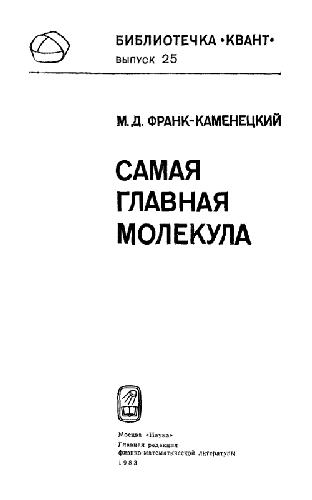
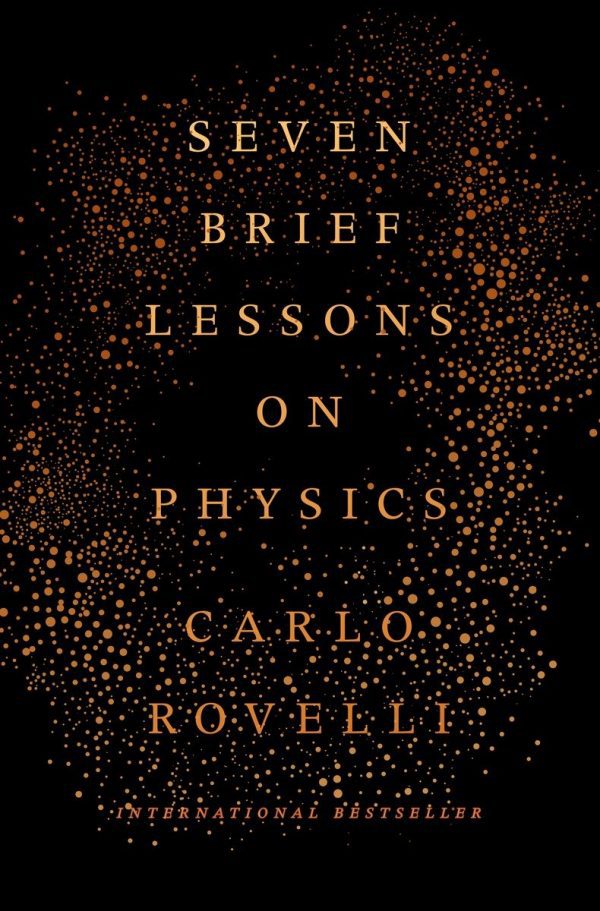
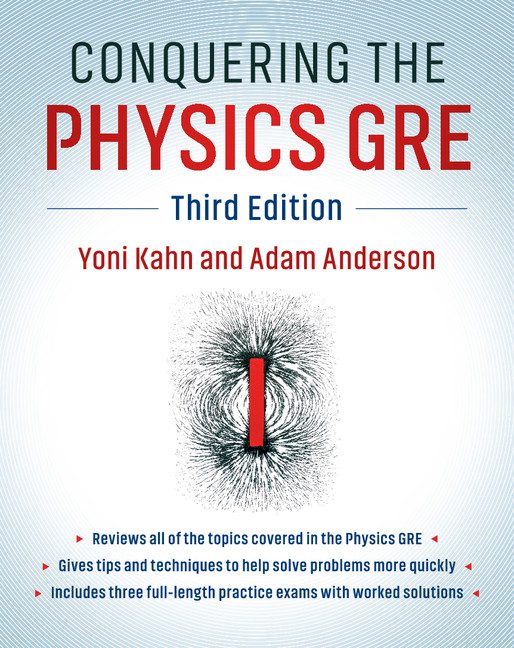
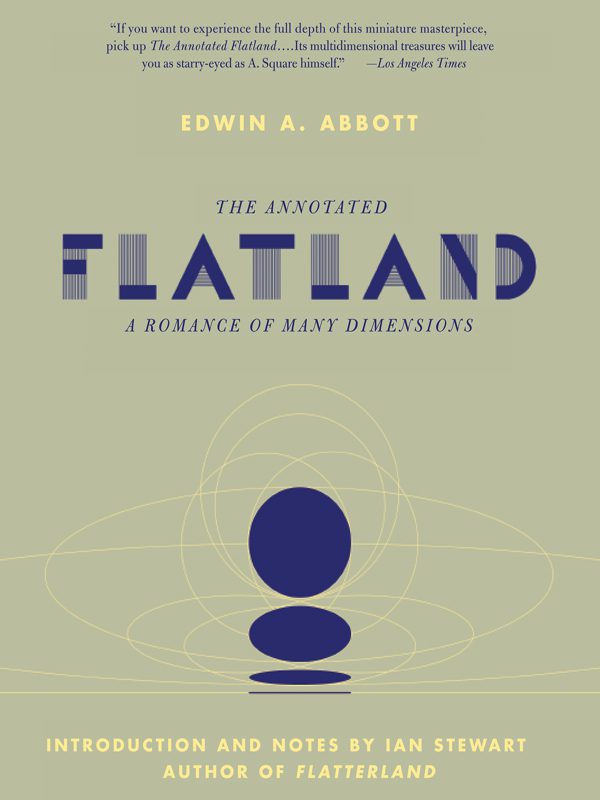
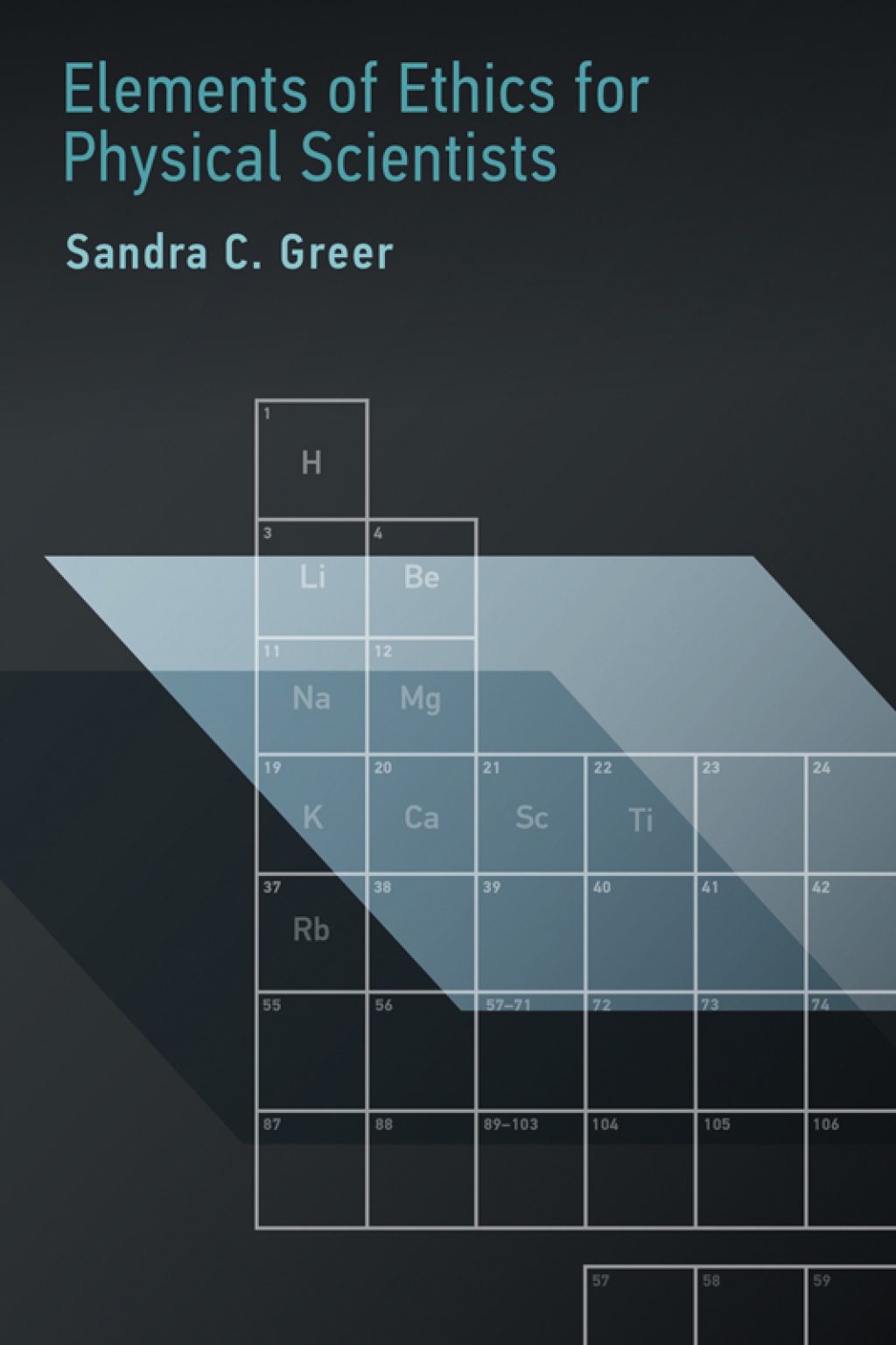
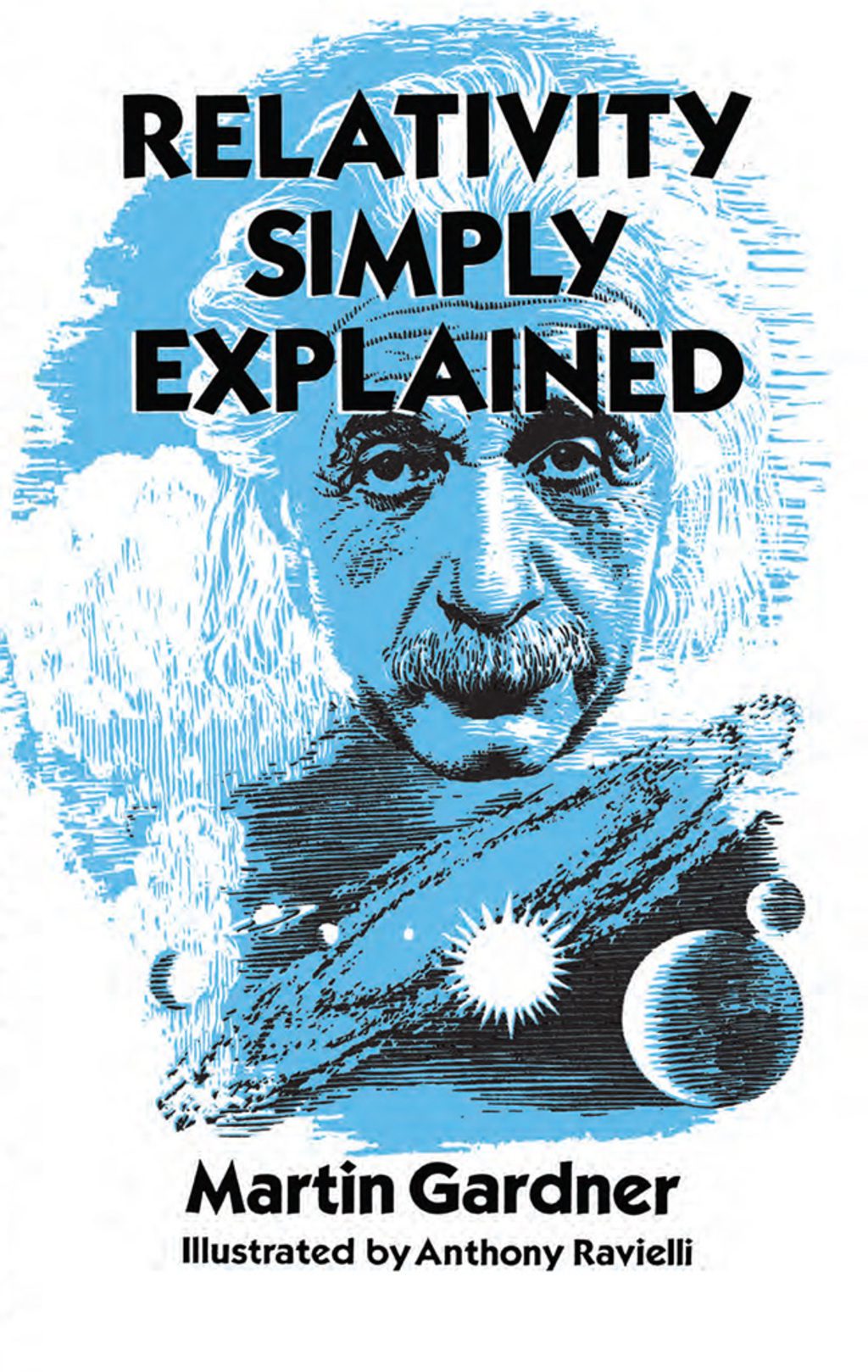
Reviews
There are no reviews yet.